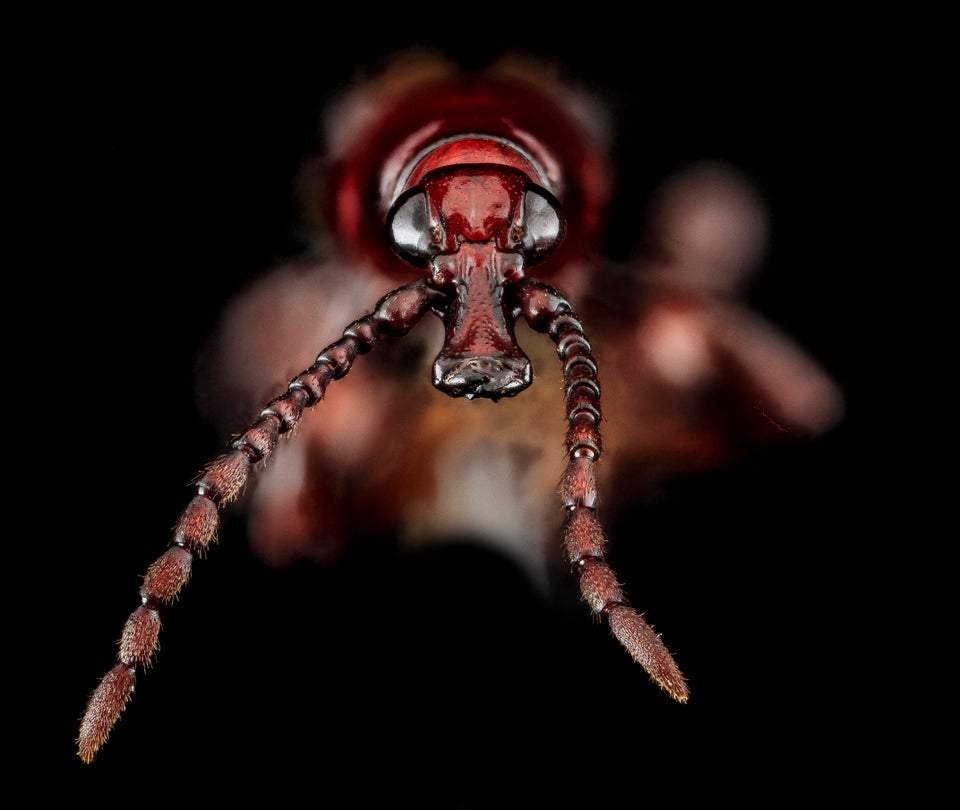
Late last month 25,000 bumblebees fell out of the linden trees planted around a Target parking lot in Wilsonville, Oregon, all dead. Pesticides were immediately blamed. Despite printed warnings on neonicotinoid-type bug killers stating that they should not be sprayed when bees are present, the flowering lindens were doused with Safari Insecticide, causing what The Xerces Society calls the largest mass death of bumblebees ever recorded in the United States.
Just over a month before the bees died in Oregon, the European Union passed a continent-wide ban on neonicotinoids—legislation that environmental groups praised as a significant move to curb Colony Collapse Disorder, the somewhat misleadingly distinct name given to the little-understood deaths of some 10 million hives’ worth of bees in the last six years. Oregon issued a temporary ban on the pesticides too, but nothing as broad as the European law is being considered nationally—and that may not be such a bad thing, because a new study published today in the journal PLOS ONE suggests that CCD is by no means a one-chemical problem.
“The pesticide issue in itself is much more complex than we have [been] led to believe,” the study’s lead author, Dennis vanEngelsdorp, tells Quartz. “It’s a lot more complicated than just one product, which means of course the solution does not lie in just banning one class of product.”
The research conducted by scientists at the University of Maryland and the USDA looked at the pollen honey bees brought back after pollinating a diverse group of crops: almonds, apples, blueberries, cranberries, cucumber, watermelon and pumpkins. While neonicotinoids were detected in the study, they only showed up in the pollen collected from the apple orchard.
But that’s not to say that agirucltural chemicals weren’t making their way back to the hive: “We detected 35 different pesticides in the sampled pollen, and found high fungicide loads,” the study reads. It has previously been believed that fungicides did not pose a risk to honey bees—Quartz notes that they do not bear the same warming labels about spraying them around pollinators as insecticides do—but the Maryland and USDA scientists “found an increased probability” of bees being infected by the gut pathogen Nosema ceranae when exposed to high levels of fungicides. The fungal disease can “adversely affect honey bee colony health, and can result in complete colony collapse.”
If the U.S. had banned neonicotinoids along with the E.U., there might be 25,000 more bumblebees in Oregon. But outlawing a single class of pesticides won’t solve CCD. The PLUS ONE study hasn’t identified any smoking gun either, but by offering proof that the problem is exceedingly complex, it may help engender a more nuanced, effective solution.
